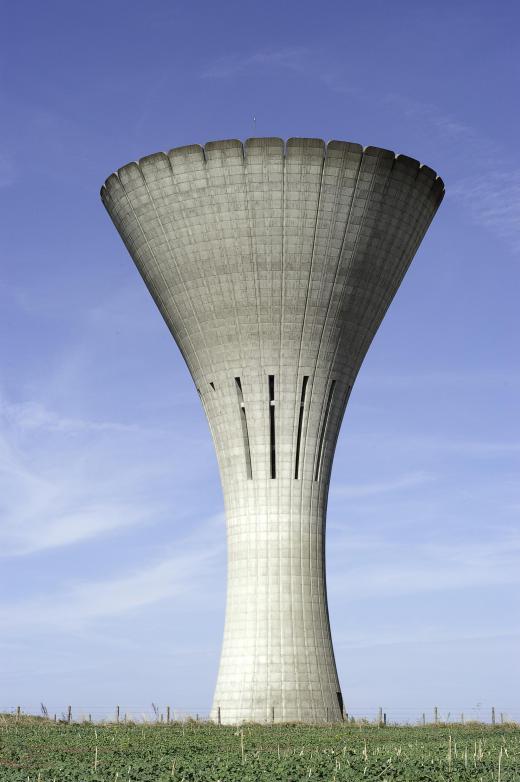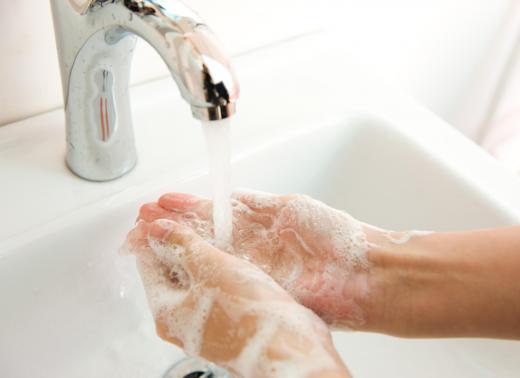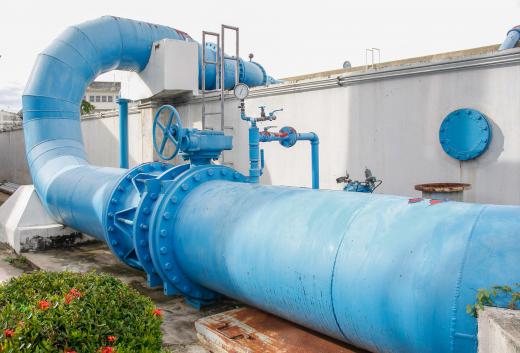A water main is a primary pipeline used to move water from a purification and treatment plant to consumers. Water mains are also known as primary feeders, and they tie in which smaller water lines known as secondary feeders which expand the reach of the water distribution network. Individual structures connect to the secondary feeders to tap into the water supply. Mains are a key aspect of a water distribution system, which makes it critical to keep mains in good condition to avoid interrupting the supply of potable water.
Before it reaches the main, water must be acquired. Water can come from underground sources, reservoirs, diverted rivers, collected rainfall, and so forth. Many communities use reservoirs as storage facilities for their water supplies to increase water security by ensuring that water will be amply available. The reservoir contains untreated water, as there is not much point in treating water for storage, especially if the water may be exposed to runoff from untreated sources.

Water treatment and purification involve filtration to remove microorganisms, toxins, and sediments. The water may also be treated with chlorine to keep it free of microorganisms, and in many communities, it is fluoridated for the health of citizens. Once treated, the water can be diverted into a water main, which takes the form of a large underground pipeline.

In order for water to move down the water main, it needs to be pressurized. Some water distribution systems use a gravity feeding system to maintain constant pressure in the main, so that whenever someone opens a tap, water is forced out by the pressure. In other cases, pumps may be needed for pressurization. Pressurization can be a big problem with tall buildings, as the water may not reach all the way up to top floors, and sometimes these buildings have secondary pressurization systems which are used to maintain pressure.

A number of problems can arise with a water main. If the pressure is too high, it may cause the pipe to burst. Likewise, pipes can also fail when they are degraded, old, or damaged. Mains can also be accidentally damaged or severed by construction work, although they are usually buried deeply and protected to prevent this. When a water main fails, shutoffs are used to isolate the area of the failure so that workers can replace the damaged section of pipe quickly.
Some cities are experiencing infrastructure problems with their water mains as a result of poor maintenance. In these regions, sections of old pipes have not been replaced due to concerns about expense or a lack of planning, and as a result, these pipes are failing and creating water problems.
Ever since she began contributing to the site several years ago, Mary has embraced the exciting challenge of being a About Mechanics researcher and writer. Mary has a liberal arts degree from Goddard College and spends her free time reading, cooking, and exploring the great outdoors.

